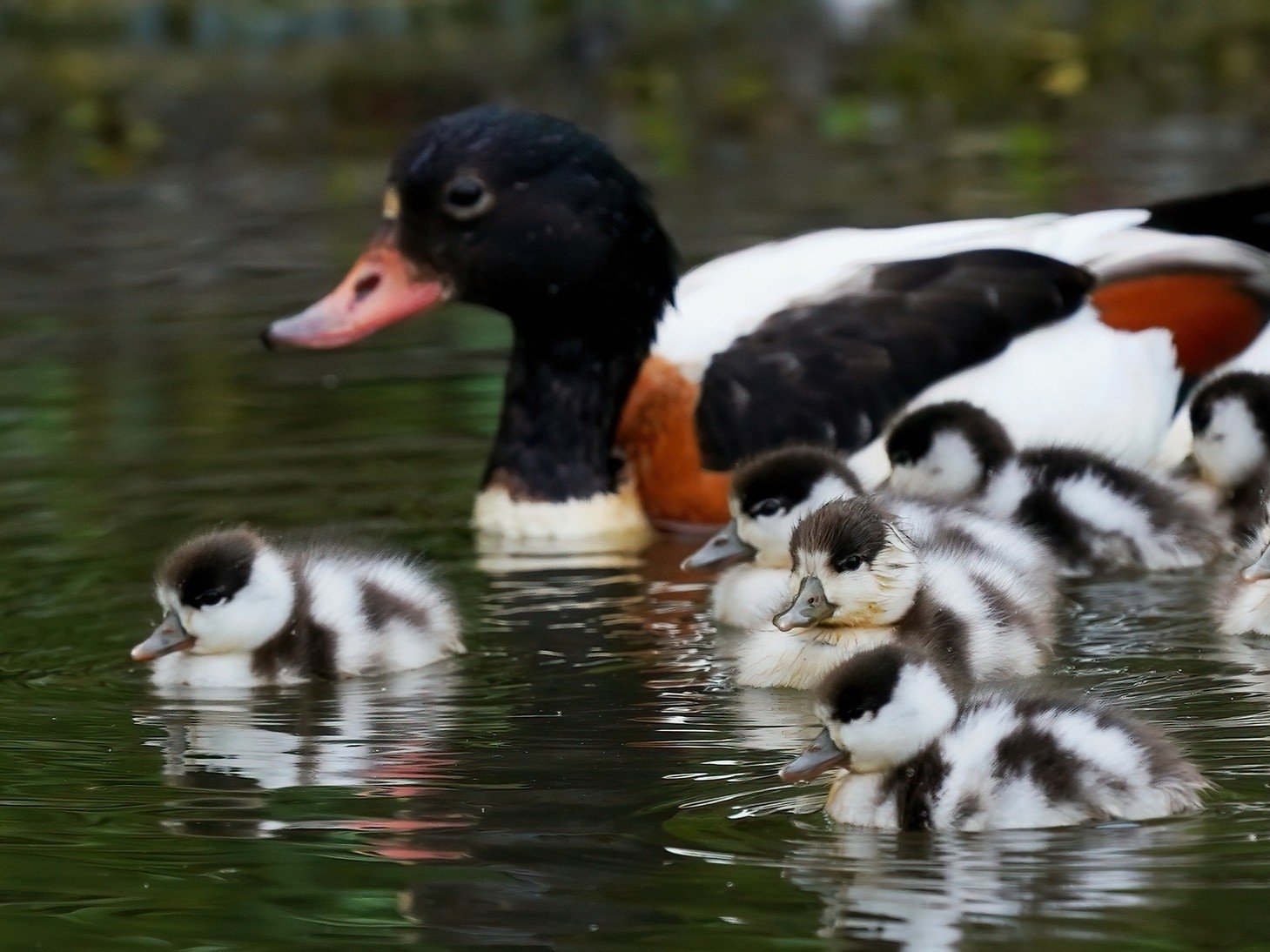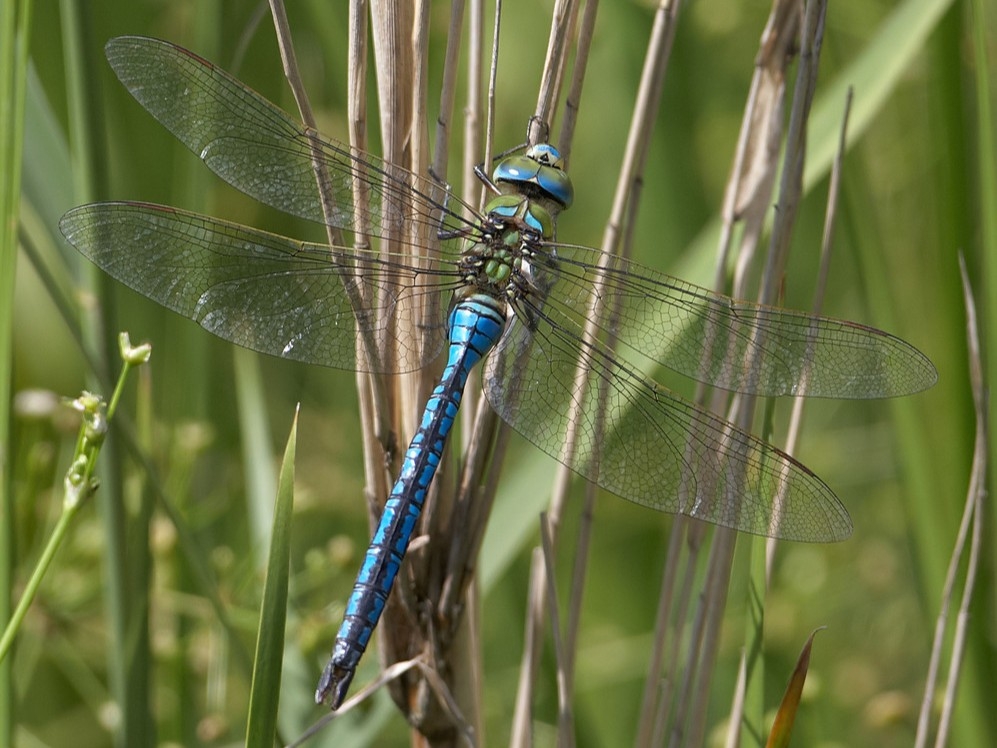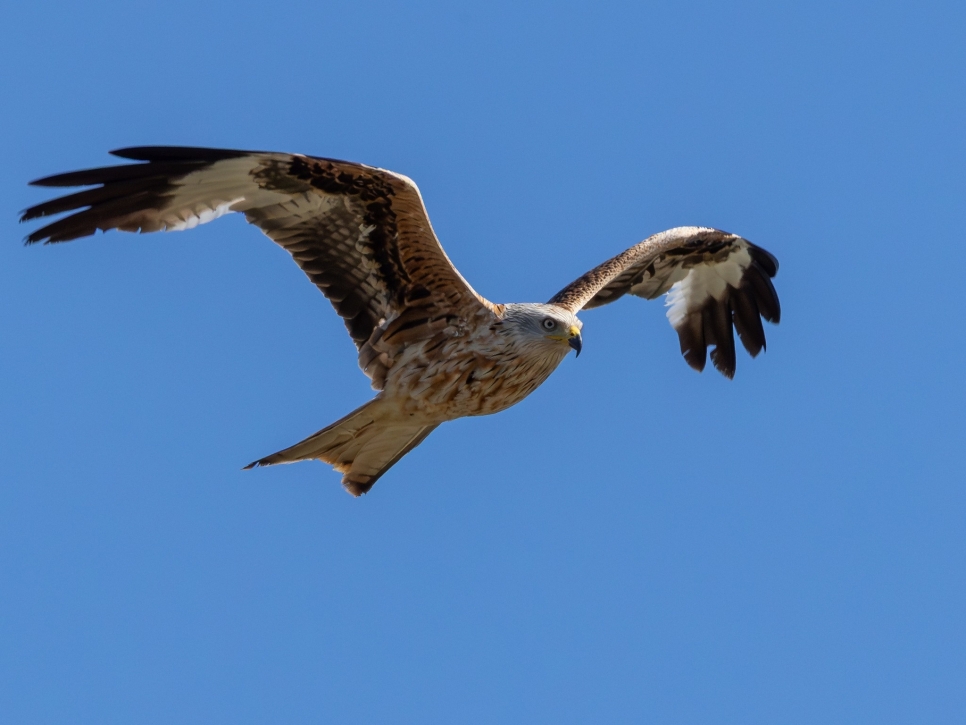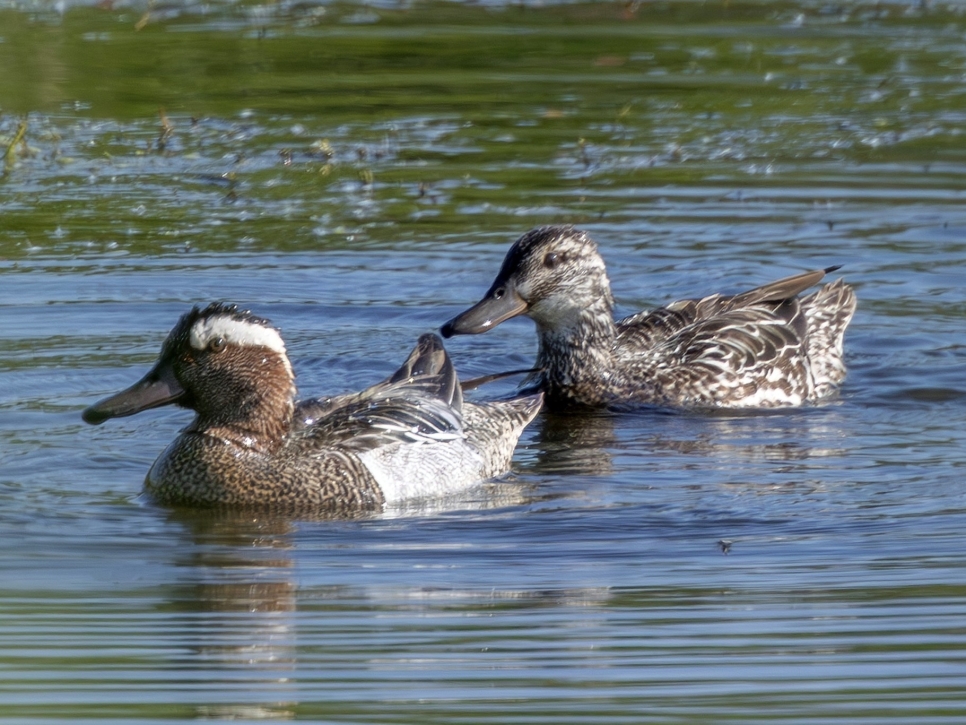Pectoral Sandpiper, Garden Warbler, Broad-Bodied Chaser, and some blooming lovely Southern Marsh Orchids
There’s no Tway a plant can live 70 years!?
These birds don’t need an airport for their long-haul flights!
Wildlife Sightings at WWT Llanelli from 5th – 11th May 2025
Highlights: Pectoral Sandpiper, Garden Warbler, Broad-Bodied Chaser, Southern Marsh Orchid
The Pectoral Sandpiper from last week has been sticking around on the Freshwater Lagoon. It has been hanging around in a group of Knot, one of which has been sporting some pretty red plumage! Like mentioned in our previous blog, Pectoral Sandpipers are rarely seen here, and breed far away in Siberia and North America. We’re flattered it made such a long journey to visit us!
The newest of our spring warblers to join us this year is the Garden Warbler, spotted this Wednesday on the Millennium Wetlands. Its call is similar to that of its relative the Blackcap, but with a mellower tone and more even pace. Other warblers joining it on the Reserve include Sedge Warblers, Reed Warblers, and Lesser Whitethroats, so keep an ear out to hear their chorus of song.
Dragonfly season is well underway, with a couple of new arrivals joining the Hairy Dragonfly from a fortnight ago! The Broad-Bodied Chaser is our first, living up to its name with its chunky abdomen, which appears ice blue in males and lime green in females. Following it is the Four-Spotted Chaser, with a brown and black colouration and four diagnostic spots on its wings. You’ll find these species darting across ponds, and you won't miss them thanks to their large size!
Our final highlight of the week is the Southern Marsh Orchid, springing up all across the Reserve. First seen last Sunday, this is the earliest we’ve seen the species flower on site, which has emerged sooner and sooner over the past few years. Unfortunately, the range of this orchid has been in decline, disappearing from around 20% of the area it historically inhabited – all the more reason to preserve our wetlands.
Joining this orchid is its relative, the Common Twayblade, a comparatively less-showy flower with a distinctive pair of leaves which inspire its name. The Twayblade is a rhizomatous plant which fosters symbiotic relationships with soil fungi, helping it to thrive – and thrive it does! The Twayblade can live for approximately 70 years, as supported by one study that found 20 of the 29 plants they were monitoring in 1950 were still alive in 1990!
Back to birds now – and we’ve had our first Swifts of the year flying through in the last week after their 3,400-mile migration from Africa! They only spend a brief few months with us in the UK to nest and raise their young before zooming off again on their cross-continental flight back to Africa.
Other birds hanging around are a pair of Cuckoo on the Millennium Wetlands, and a Ruff on the Dafen Scrapes!
In the world of insects – there are swarms of Damselflies all over the Millennium Wetlands at the moment. Try your best to distinguish the Azures from the Common Blues and the Blue-tails (we promise it's not too hard once you know what to look for!). If they’re too fast for you, look out for Cardinal Beetles and Yellow-tailed Moth caterpillars crawling on the bramble leaves and willows.
Last but certainly not least, the Otter has made another appearance this Thursday on Deep Water Lake. We’re consistently finding footprints and spraint around the area, but you’ll have to be extra lucky to spot one with your own eyes!
Featured Photo Credit: Alun Wood



